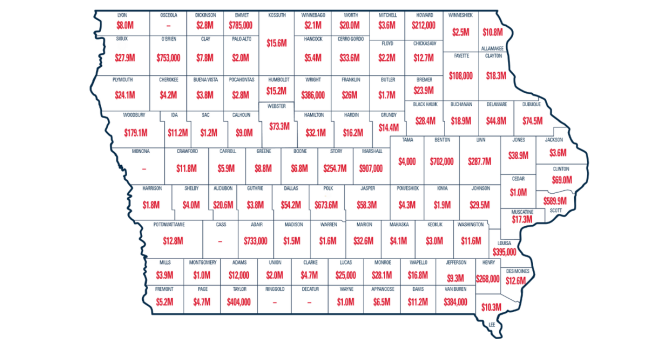Tomorrow is 100 days till JobKeeper ends: can SMEs stand on their own two feet?
Tomorrow (June 19) marks 100 days till JobKeeper ends (on September 27). And that means now’s the time for small to medium business owners around Australia to ask themselves the hard questions and plan for the future, urges national insolvency solutions firm Jirsch Sutherland.
With the Australian Bureau of Statistics (ABS) reporting that 72 per cent of businesses have taken a revenue hit as a result of COVID-19, while 73 per cent of Aussie businesses have accessed support measures (wage subsidies, renegotiated rent/lease, deferred loan repayments), the biggest question of all is, “Can my business stand on its own two feet without these crutches?”
“The JobKeeper safety net is being removed in three months – not to mention other stimulus initiatives ending soon – and that means business owners should be getting on the front foot now to survive,” says Andrew Spring, Jirsch Sutherland Partner. “Company directors need to be proactive about setting their business back on the right course. It could mean the difference between survival and failure.”
8 questions for business owners to ask themselves now:
- Cash flow: What is my cash-flow situation like now and what will it be like after stimulus ends?
- Revenue streams: Will my revenue streams recover; are there opportunities for new streams?
- Staff: Can I afford to keep staff on post-JobKeeper?
- Deferred liabilities: Can I meet deferred payments? (e.g. rent, mortgage)
- Tax obligations: Do I have the money to pay tax when it falls due?
- Superannuation Guarantee: Can I meet the next superannuation payment?
- Worn out/no mojo: Do I want to hang on or have I lost my passion for the business?
- Personal guarantees: Are my personal assets at risk? (e.g. personal savings, house, car)
10 tips to prepare for the post-stimulus environment
- Plan: Plan for ‘now’, the immediate post-stimulus environment, and for the longer term. Have a contingency plan should the economy be hit by a second coronavirus outbreak.
- Calculate: Assess your current and projected cash-flow.
- Assess staffing needs: If your business has experienced change, review your staffing needs.
- Reduce costs: Where possible, cut costs to minimise further impact on your cash-flow.
- Communicate: With your staff, customers, suppliers, creditors.
- Renegotiate rent/lease terms: If you’ll struggle to pay your rent, speak with your landlord now and renegotiate existing arrangements.
- Funding: Engage with your bank/lender to discuss funding needs or repayments/interest rate relief. Or seek alternative finance.
- Give yourself breathing space: The Safe Harbour and Voluntary Administration regimes are designed to provide companies and their directors with breathing space and can secure leniency from creditors, buying you time to ‘right the ship’.
- Reinvent yourself: Prepare for the ‘new dawn’ – whether it’s restructuring your business or restarting with a new model, strategy or market post COVID-19.
- Put your hand up: If your mental health is being impacted by the current financial stresses or the need to let staff go, speak with a trusted adviser or contact Beyond Blue.







